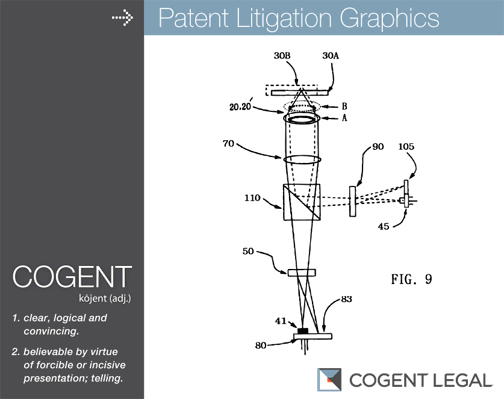 I always like to share examples of what I consider powerful graphics to give attorneys ideas on what’s possible to create for use in litigation. This morning, I was struck by a video going viral that describes economic inequality in the United States.
I always like to share examples of what I consider powerful graphics to give attorneys ideas on what’s possible to create for use in litigation. This morning, I was struck by a video going viral that describes economic inequality in the United States.
Regardless of your politics, and whether you believe that the widening gulf between the poor and super-rich is a serious problem or mere propaganda of the Occupy Movement, I hope you’ll watch this video because it’s a fantastic example of how to show data in an effective and engaging way. In particular, if you’re an attorney who presents cases with large amounts of economic facts and figures, you’ll want to see how this video combines storytelling with clean, simple and powerful data visualization techniques.
One thing I appreciated immediately is the power of the narrator, enhanced by the pacing that he uses. His technique is similar to that of a good attorney giving a closing statement. [Read more...]


 I recently had the opportunity to do something quite fun. My torts professor from law school asked me to teach a class on “the real practice” of tort law. I got the opportunity to lecture, to show some examples of demonstrative evidence to prove a case, and to call on the unsuspecting students. This all stemmed in part from last year’s New York Times article
I recently had the opportunity to do something quite fun. My torts professor from law school asked me to teach a class on “the real practice” of tort law. I got the opportunity to lecture, to show some examples of demonstrative evidence to prove a case, and to call on the unsuspecting students. This all stemmed in part from last year’s New York Times article  This post is by Martha Pettit
This post is by Martha Pettit Yesterday was one of those days that reminded me of the value of visiting a site for a construction-related case to see and feel firsthand what is involved. Couldn’t I simply hire a photographer to take pictures of it for me instead? Perhaps, but that’s a poor substitute. It’s much more effective to tour the scene with the lead attorney and experts, as well as with our firm’s in-house architect to tap into his expertise about the building’s design and standard construction practices.
Yesterday was one of those days that reminded me of the value of visiting a site for a construction-related case to see and feel firsthand what is involved. Couldn’t I simply hire a photographer to take pictures of it for me instead? Perhaps, but that’s a poor substitute. It’s much more effective to tour the scene with the lead attorney and experts, as well as with our firm’s in-house architect to tap into his expertise about the building’s design and standard construction practices.


 When it comes to construction issues, I feel like the actor in that old ad on TV who says, “I’m not a doctor, but I play one on TV.” I’m not in the construction field, but I litigated construction cases for over a decade and consequently couldn’t help but develop an expertise in construction standards and practices. In a similar way, some med-mal attorneys I know have a better understanding of proper standard of care than even doctors do. When you have to prosecute or defend a case that revolves around highly technical issues, you’re sure to learn the subject inside and out.
When it comes to construction issues, I feel like the actor in that old ad on TV who says, “I’m not a doctor, but I play one on TV.” I’m not in the construction field, but I litigated construction cases for over a decade and consequently couldn’t help but develop an expertise in construction standards and practices. In a similar way, some med-mal attorneys I know have a better understanding of proper standard of care than even doctors do. When you have to prosecute or defend a case that revolves around highly technical issues, you’re sure to learn the subject inside and out.



Follow Cogent Legal
Subscribe by Email